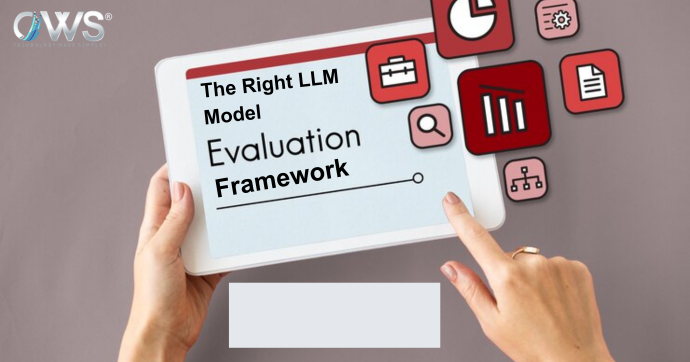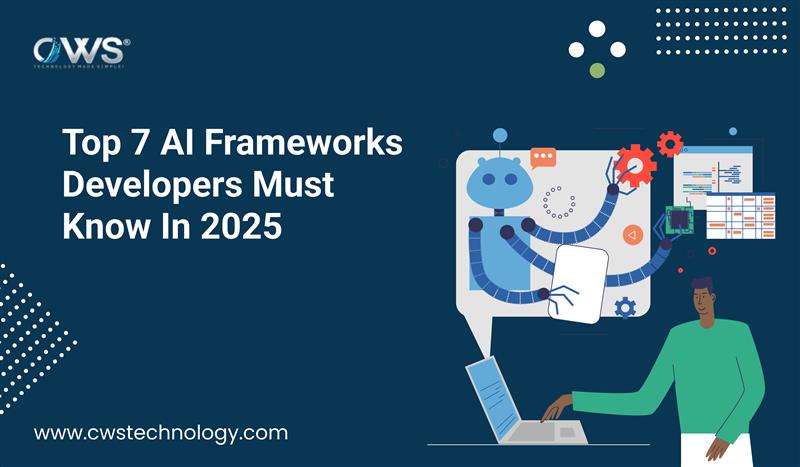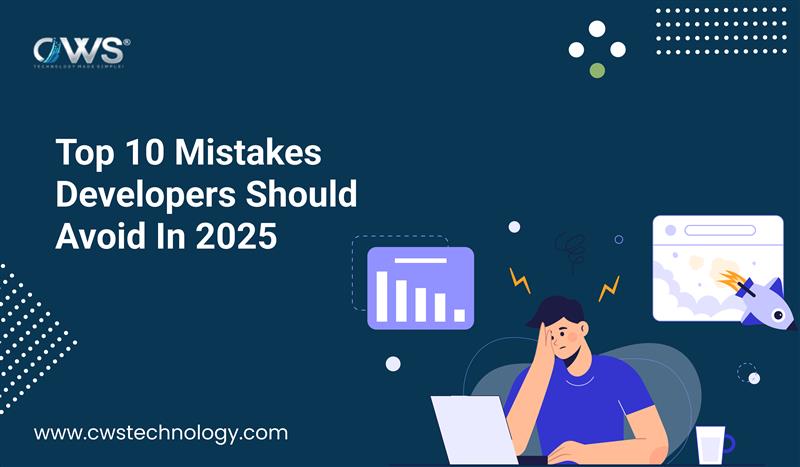Artificial intelligence (AI), the ability to evaluate machine learning models effectively is essential. This is especially true for LLM models (Large Language Models), which are being used in everything from chatbots to content generation tools. Choosing the right evaluation framework is crucial for ensuring that the model performs at its best and delivers accurate, reliable results.
This guide will walk you through the key considerations and steps in selecting the right framework to evaluate your LLM model. We’ll discuss the importance of model evaluation, what makes a framework suitable, and how to approach it in a way that’s easy to understand and implement.
Why is Model Evaluation Important?
When you create a machine learning model, whether it’s a small model or a large language model, the ultimate goal is to solve a real-world problem. But how do you know if the model is doing its job well? This is where evaluation comes in.
Evaluation tells you whether the model is making accurate predictions or generating appropriate content and whether it is doing so consistently. For LLMs, evaluation also helps in understanding whether the model is generating coherent, contextually accurate, and diverse text.
Key Elements of a Good Evaluation Framework
Choosing the right evaluation framework for your LLM model depends on several factors. These include the type of tasks the model is meant to perform, the quality of the data, and the goals you want to achieve with the model. Below are the key elements to consider when selecting the right evaluation framework:
1. Clear Evaluation Metrics
An evaluation framework should have clear metrics to measure the performance of your model. Some frequently used evaluation metrics for large language models (LLMs) are:
- Accuracy: Indicates the frequency with which the model’s predictions are correct.
- Perplexity: Assesses how effectively the model predicts the next word in a sequence. A lower perplexity signifies better performance.
- BLEU Score: Commonly used to evaluate machine translation, it compares the generated text against reference translations.
- ROUGE Score: Typically used for text summarization, it measures the overlap between the generated summary and the reference summary.
- F1-Score: A metric that combines precision and recall, offering a balanced assessment of a model’s performance.
The evaluation metrics should align with your LLM’s purpose. For example, if you’re working with a translation model, BLEU or ROUGE would be more relevant.
2. Task-Specific Evaluation
Not all LLM models are designed for the same purpose. Some may be aimed at text generation, while others may focus on answering questions, translating languages, or summarizing text. Your evaluation framework should account for the specific tasks the model is trained for.
For instance, a model trained to generate text might be evaluated based on fluency, coherence, and creativity. On the other hand, a model focused on question answering may be assessed based on its ability to give relevant and precise answers.
3. Human Evaluation
While automated metrics like accuracy and perplexity can tell you a lot about the technical performance of your LLM model, human evaluation is also crucial. Human reviewers can assess qualities like:
- Coherence: Does the generated text make sense?
- Relevance: Evaluate whether the generated text aligns with and is appropriate for the input or context provided. It measures how well the model’s output addresses the intended topic or question.
- Creativity: Does the model generate novel or engaging content?
Human evaluation provides valuable insights into the model’s ability to generate meaningful and contextually appropriate text.
4. Cross-Validation
Cross-validation is an essential technique to ensure that the model’s performance is robust and not overfitted to a particular dataset. In cross-validation, the dataset is split into several smaller subsets or folds. The model is then trained on some of these folds while being tested on the remaining ones. This process is repeated for each combination of training and testing folds, allowing the model to be evaluated on different portions of the data, providing a more reliable estimate of its performance. By evaluating the model across different subsets of data, you can ensure that it performs well in various real-world scenarios.
5. Real-World Testing
No matter how well a model performs in a controlled test environment, it’s essential to assess how it behaves in the real world. This means testing the model with live data, in actual use cases, and under realistic conditions.
For LLM models, real-world testing might involve using the model to generate responses in a live chatbot or creating content for a real website. By monitoring the model’s performance in real situations, you can identify areas for improvement that might not show up during controlled testing.
Choosing the Right Framework: Steps to Follow
Now that we know the key elements of a good evaluation framework, let’s break down the steps to help you choose the right one for your LLM model.
Step 1: Understand Your Model’s Purpose
Before choosing an evaluation framework, you need to understand what your LLM model is meant to achieve. Is it for text generation? Text summarization? Language translation? Sentiment analysis? The framework you choose should align with the specific task your model is performing.
For instance, if your model is designed for content generation, you’ll want a framework that evaluates creativity, coherence, and relevance. But if it’s for language translation, metrics like BLEU or ROUGE will be more applicable.
Step 2: Select Evaluation Metrics
Based on your model’s purpose, choose the evaluation metrics that will give you the most meaningful insights. Be sure to select a mix of automated metrics and human evaluation methods.
For example, if your LLM is generating text, you may want to track perplexity, accuracy, and human reviewer feedback to get a complete picture of its performance.
Step 3: Conduct Cross-Validation
Cross-validation is an essential step in testing your model. It helps ensure that your evaluation results aren’t biased by a specific data subset. By validating your model on different portions of your dataset, you’ll get a better understanding of how it will perform in diverse scenarios.
Step 4: Test in Real-World Conditions
Finally, test your LLM model in real-world conditions. This step helps you identify issues that might not be apparent in controlled testing environments. Testing your model in live settings ensures that it can handle unpredictable, real-world input effectively.
Common Mistakes to Avoid
Choosing the right evaluation framework isn’t always straightforward, and there are some common mistakes that many people make. Avoiding these mistakes can help ensure that your evaluation process is more effective:
1. Relying Too Much on Automated Metrics
While automated metrics are useful for evaluating some aspects of the model, they don’t always capture the full picture. For example, perplexity might be low, but the model’s text might still be nonsensical or irrelevant. Always supplement automated metrics with human evaluation.
2. Ignoring Domain-Specific Evaluation
If your LLM is designed for a specific domain, like healthcare or legal documents, it’s important to evaluate it based on criteria relevant to that domain. A general-purpose evaluation might not capture the nuances required for more specialized tasks.
3. Not Using Enough Data
Model evaluation is only as good as the data it’s tested on. Using too little data or biased data can give misleading results. Be sure to test your LLM on diverse, high-quality datasets that reflect real-world conditions.
4. Underestimating the Importance of Real-World Testing
It’s easy to get caught up in testing a model in controlled environments, but real-world testing is where you’ll find the most valuable insights. Always test your LLM in real applications to see how it performs under actual conditions.
Conclusion
Choosing the right LLM model evaluation framework is a critical step in ensuring that your model performs as expected. By considering the key elements, following the right steps, and avoiding common mistakes, you can select a framework that helps you assess your model’s strengths and weaknesses accurately. Whether you’re building a chatbot, a content generator, or a translation model, an effective evaluation process will help you create a more reliable and useful LLM model.
By understanding your model’s purpose, selecting the right metrics, validating performance through cross-validation, and testing in real-world conditions, you can be confident that your LLM is ready for the challenges it will face.








